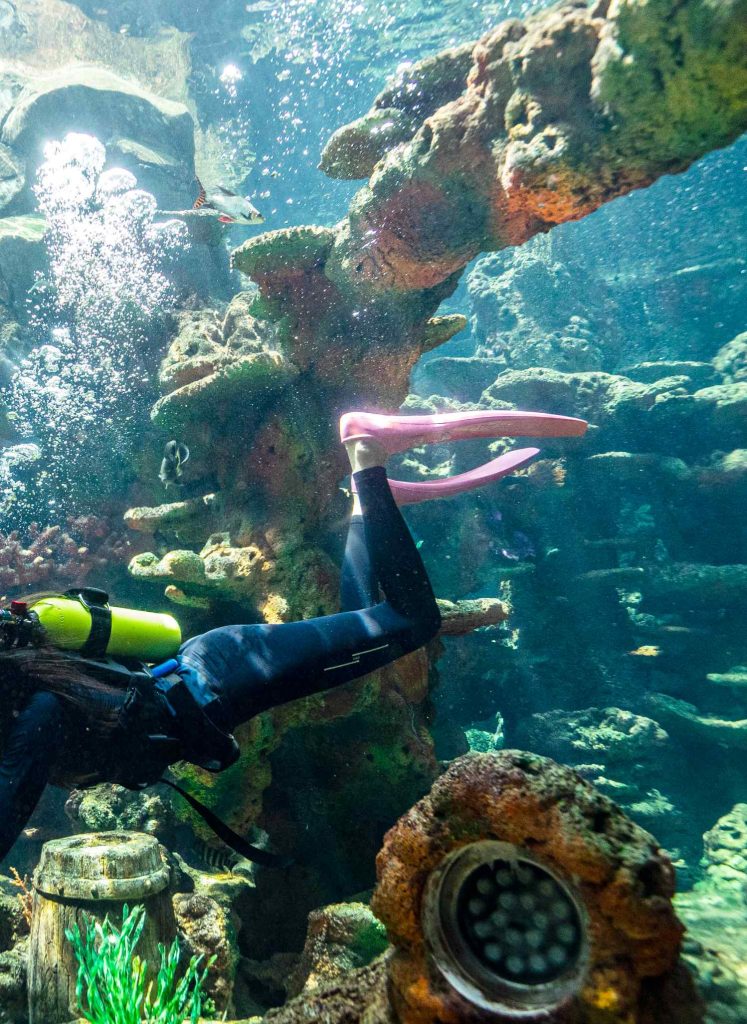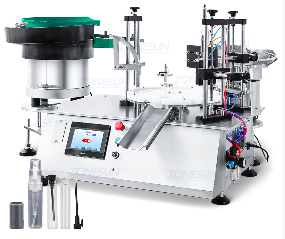Open diving is a fascinating activity that allows divers to explore the underwater world and discover the wonders of marine life. It is a type of diving that involves minimal equipment and relies on the diver’s skills and experience to stay safe while swimming underwater.
Open diving is the most basic form of diving and has been practiced for centuries by fishermen and pearl divers. It involves using a snorkel, fins, and a mask to swim underwater, enabling the diver to see and breathe while staying close to the surface. This type of diving is popular with tourists and vacationers who want to explore the underwater world without investing in expensive equipment or taking extensive training.
Difference Between Snorkeling and Open Diving
While snorkeling is an excellent way to see marine life and underwater landscapes, open diving offers a more immersive experience. Divers use compressed air tanks to breathe while diving, allowing them to explore deeper and stay underwater for more extended periods. Open diving also offers greater freedom and flexibility than snorkeling, as divers are not restricted by the surface of the water and can swim to any depth or location they choose.
One of the most exciting aspects of open diving is the opportunity to see the diverse and colorful marine life that inhabits the ocean. Divers can see schools of fish, colorful coral reefs, and even larger marine animals such as dolphins, whales, and sharks. Some divers even have the chance to swim with these creatures and observe them up close, making for a once-in-a-lifetime experience.

Diving in open water can be an incredible adventure, but it is essential to take safety seriously. Divers must be aware of the risks associated with diving, such as decompression sickness, drowning, and entanglement. For this reason, divers should undergo extensive training and obtain a certification before diving, to ensure they have the knowledge and skills necessary to stay safe.
To begin open diving, you will need to have a wetsuit, fins, and mask. Divers also require a buoyancy compensator and regulator, which regulate airflow from the compressed air tank to the diver’s lungs. Additionally, divers need to use a weight belt to stay submerged, and a dive computer to monitor the depth, time, and decompression requirements. While this may seem like a lot of equipment, the benefits of being able to dive and explore the ocean make the investment worthwhile.
Once you have your equipment and are ready to begin, there are many stunning dive sites to explore. From the coral reefs of the Caribbean to the tropical waters of the Pacific, there are countless destinations around the world where divers can explore the beauty of the underwater world. Popular dive sites include the Great Barrier Reef in Australia, the Red Sea in Egypt, and the Galapagos Islands in Ecuador.
In conclusion, open diving is a thrilling and adventurous activity that allows people to explore the beauty of the underwater world. With the right equipment, training, and precautions, diving can be a safe and enjoyable activity for all. Open diving provides a unique opportunity to experience the freedom and wonder of the ocean and to discover the incredible diversity of marine life that exists beneath the waves.
0




